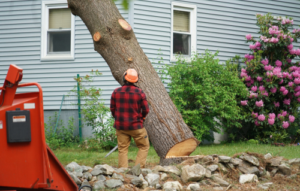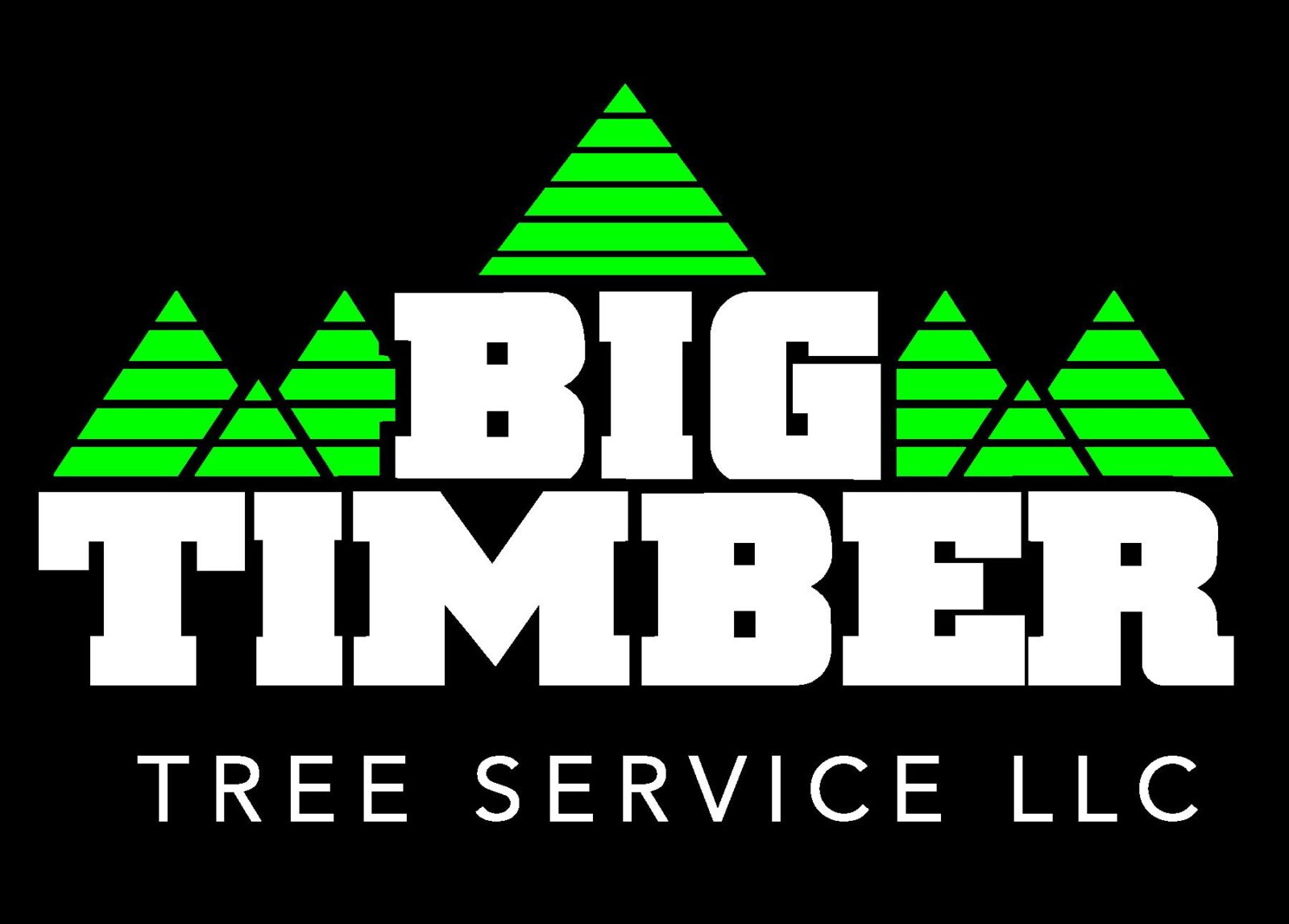Here at Big Timber Tree Service, LLC, we’re proud of being the industry leader in tree removal for South Jersey. Not only do we wish to help our customers with their tree service needs, but we also want to keep South Jersey residents informed about when and how Big Timber can help them.

You can remove a tree for either aesthetic or safety purposes, but how do you know when a tree really needs to be removed? Check out our tips below to find out, courtesy of your premier tree removal service for Haddonfield and South Jersey.
The Tree’s Location
If you have a tree that is really close to your house, you may consider removing that tree, especially if it’s to the point where the branches are touching your siding. Such a tree can damage your siding by indirectly causing mold growth, because if the tree is blocking sunlight from reaching a portion of your home, mold can more easily develop in the shadows. Likewise, if the tree is growing under power lines, they should never amass to more than 25’ without being removed or trimmed.
Check Out the Branches
Dead or hanging branches can fall during harsh winds and damage your roof or other property. If most of a tree’s branches are dead or hanging, you may want to just remove the tree entirely. Otherwise, pruning may be in order if there are only a few unattractive branches, and removing the dead branches can give the tree a whole new look.
Inspect the Leaves, Branches, and Bark
Diseased or infected trees often have structural problems that compromise the tree’s integrity, making tree removal necessary. Our pros here at Big Timber can evaluate your tree to see how severely the disease is affecting it. If the tree is losing its leaves earlier than usual or is yielding discolored leaves, it may be diseased. Leaves with fewer veins or strange nodules can also indicate the presence of disease. Peculiar lumps on the bark, dying branches, and any kind of fungus on the trunk are also classic warning signs.
Search for Defects
As trees grow, defects that were present earlier on can compromise the tree’s structural soundness and cause them to topple. Because many insurance policies don’t cover “acts of nature,” your insurance may not cover the damage caused by a falling tree at all. Keep in mind that leaning trees are typically more hazardous than perfectly vertical ones. If a tree is leaning very suddenly, this indicates a breakage or weakening of the roots, warranting immediate removal.
To learn more about our tree removal and tree trimming services in Haddonfield, give our crew at Big Timber a call today at 856-288-1793.

Recent Comments